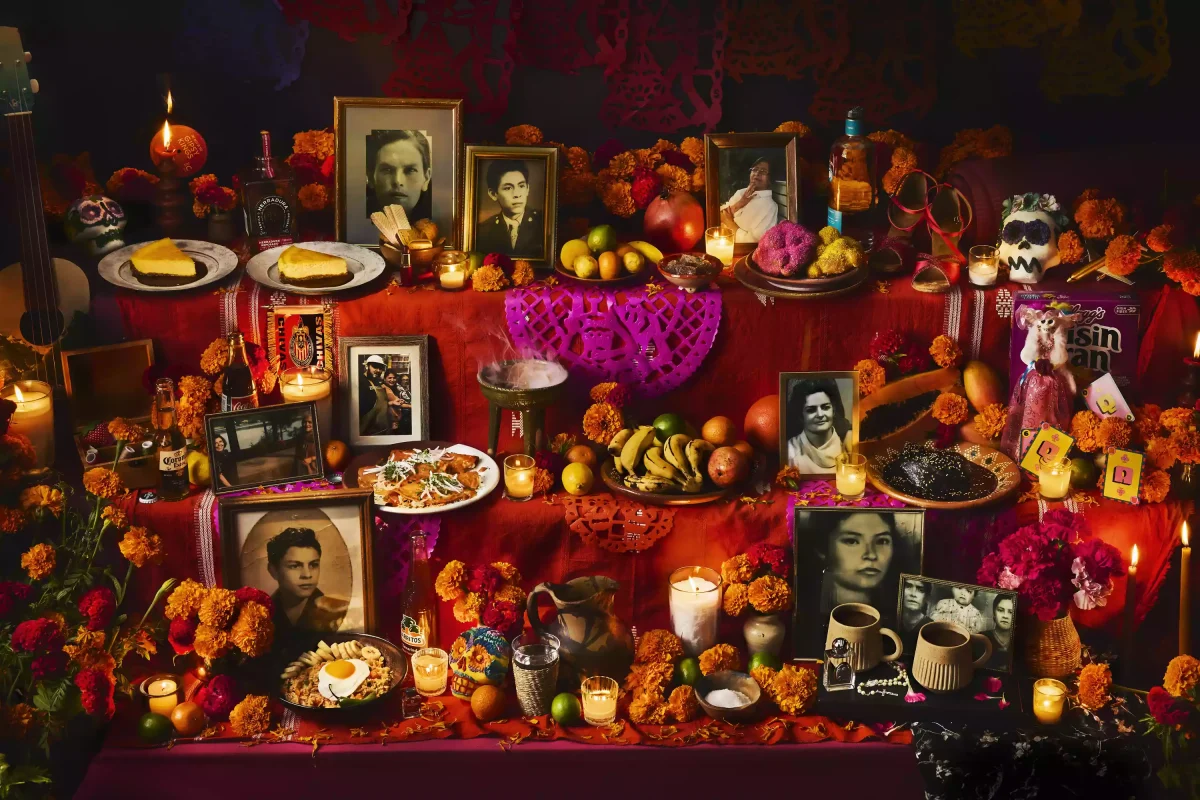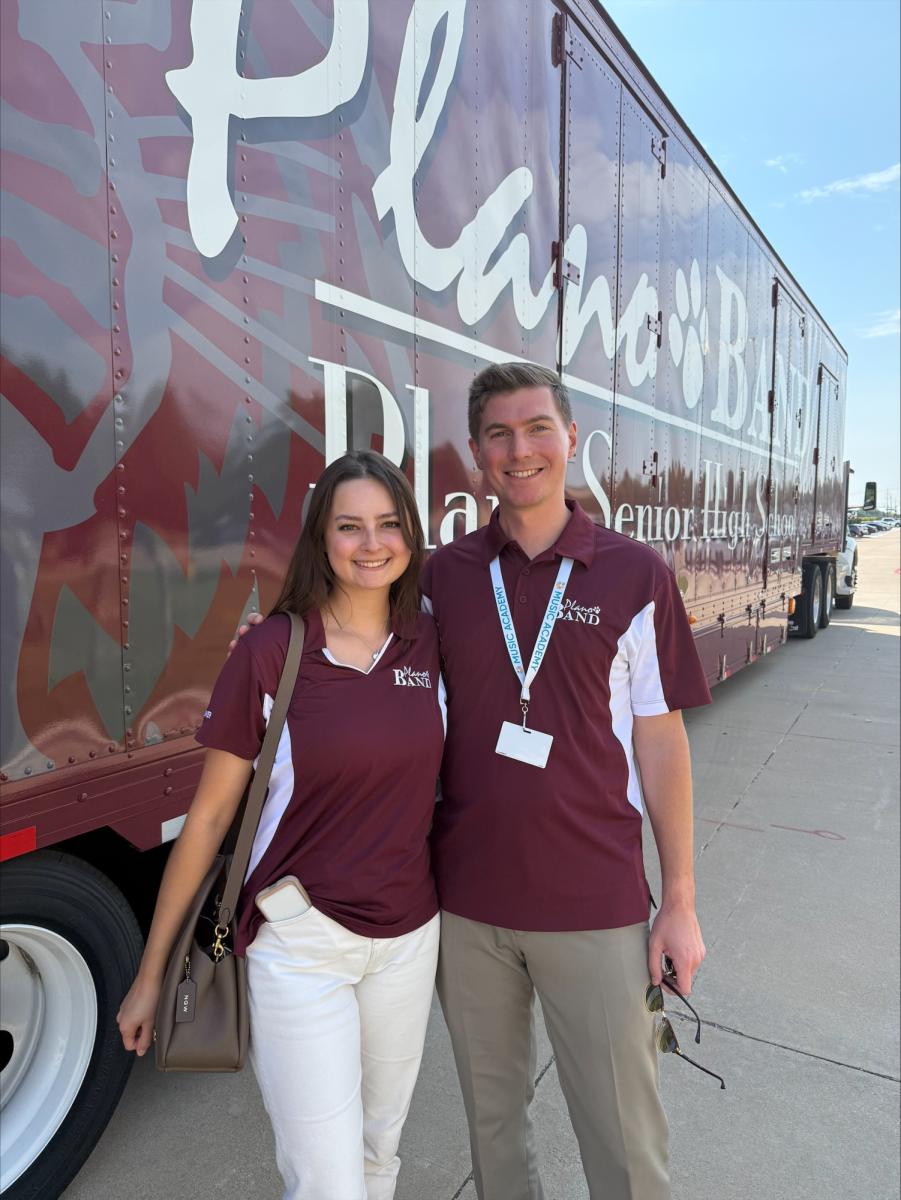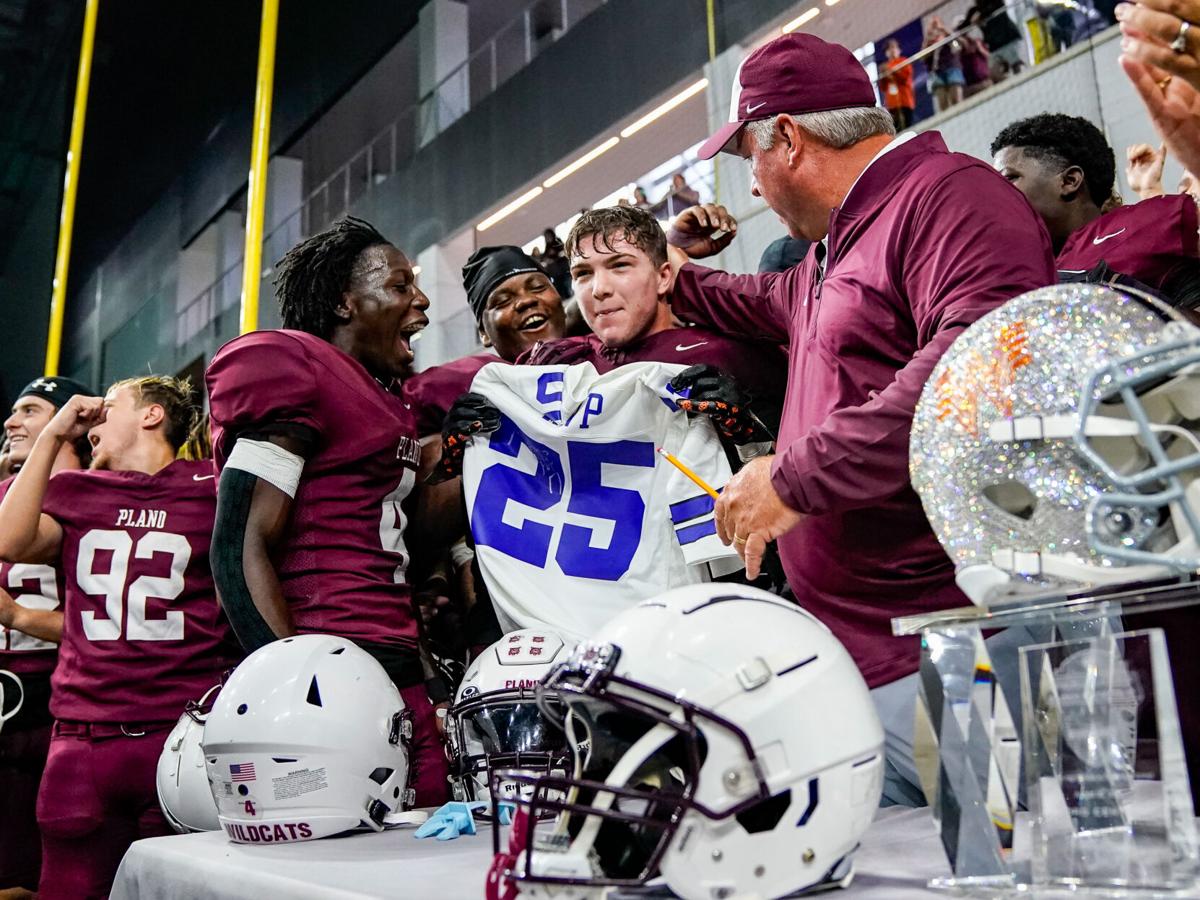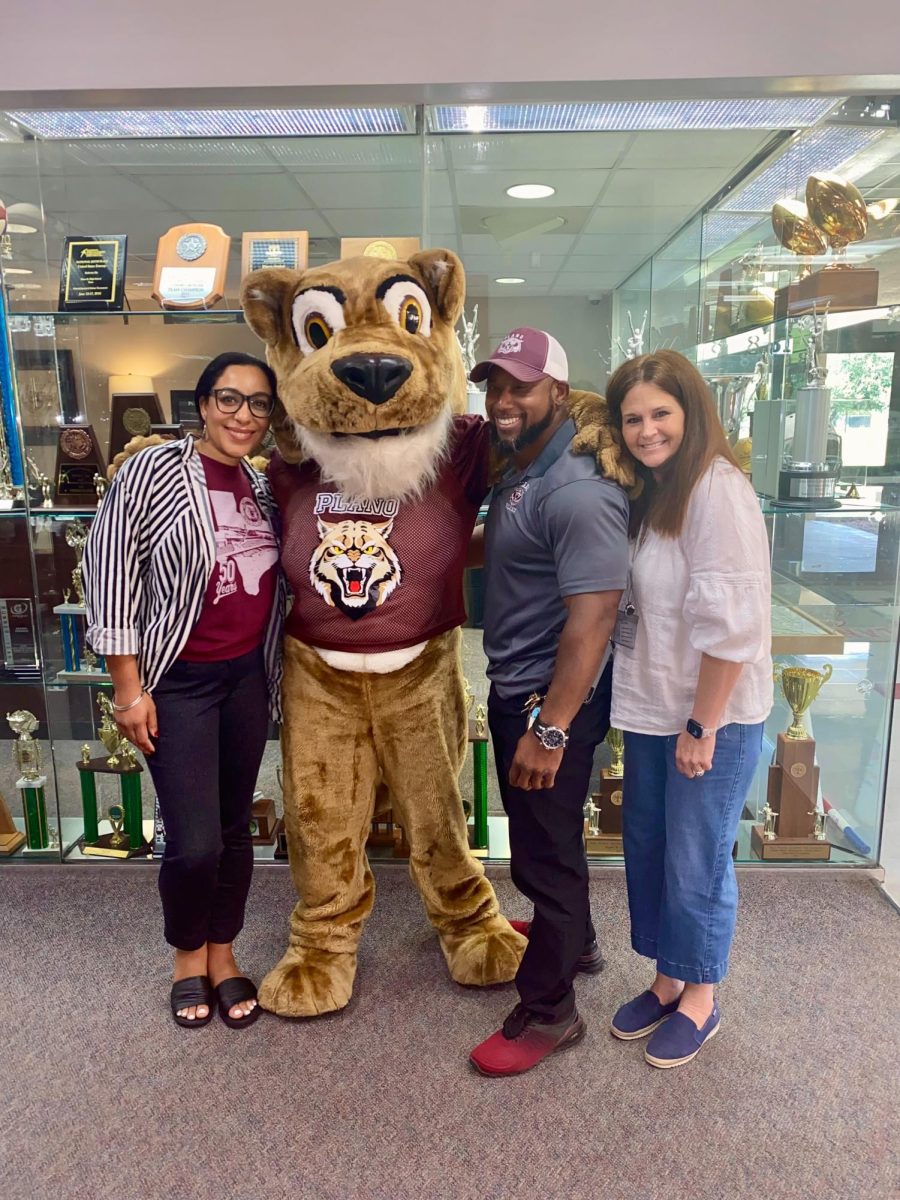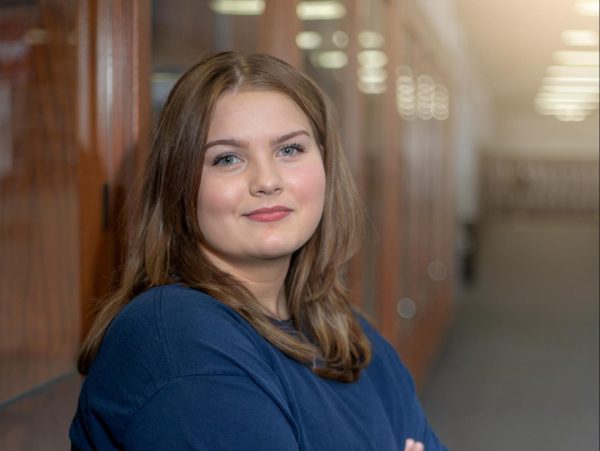Day of the Dead, or Día de los Muertos, is a vibrant Mexican holiday celebrated during the first days of November, honoring deceased loved ones. Rooted in indigenous traditions and Catholicism, this celebration invites families to gather and remember those who have passed away. It’s a time of reflection, remembrance and joy—where students share stories and memories, emphasizing the belief that death is not an end but a continuation of the life cycle.
“It’s a beautiful day,” senior Guillie Gonzalez said. “Día de los Muertos helps us [the Gonzalez family] to decompress, providing a chance to look at the brighter side of our family members’ passings, and gives us the opportunity to honor them.”
Students can celebrate the Day of the Dead in a variety of ways, including creating ofrendas adorned with photos and favorite foods of deceased loved ones, decorating with vibrant marigolds and making sugar skulls as sweet tributes. Many light candles to help guide the spirits back, wear traditional clothing or face paint and participate in lively parades featuring music or dance. Families often gather to share stories and reminisce cherished memories of their loved ones, creating a warm and reflective atmosphere that keeps their legacies alive. This sharing of personal anecdotes helps to strengthen familial bonds and pass down traditions from generation to generation, making the celebration not only a time of remembrance but also a joyful reunion.
“Although I was raised Baptist [Christian], because of my Hispanic background, my family celebrates both Halloween and Día de los Muertos,” Lindsay Campbell-Boyette, mother of Matthew Campbell (Hendrick Middle School) and Kayleigh Campbell (Plano Senior High School), said. “I truly believe that even though my family is gone physically, I feel like I am still connected to them spiritually. I keep their photos up year-round, because to me, they’re not gone; they’re just in a different chapter of the life cycle.”
Hearing the various stories shared by relatives can alter students’ understandings of their ancestors and offer new insights into their lives. By exploring these personal narratives, students can develop a deeper connection to their family history and gain a richer perspective on the legacy they have left behind.
“Even though our loved ones are gone physically, celebrating allows my family to bask in the memory of their lives,” Gonzalez said.
The celebration begins on Nov. 1, commonly known as ‘All Saints’ Day,’ a day dedicated to honoring the souls of deceased children, followed by Nov. 2, known as ‘All Souls’ Day,’ which commemorates adults who have passed. During these two days, it is thought that the veil between the living and the dead is lifted, allowing the departed souls to visit their family and friends, reuniting briefly. However, in some traditions, it is believed that souls return in waves based on the manner of their death, with those who passed away suddenly or violently arriving first, typically on Oct. 28. The custom is less common in urban areas, where the holiday has integrated more with mainstream Catholic practices.
“Our family celebrates Día de los Muertos basically all of October,” senior Neveah Fuentes said. “We put their pictures up and light their candles and have a special place in the house to where we can just visit. We do also try to put ‘offerings’ to them of their favorite foods or drinks. It’s something that as a family we have come to enjoy.”
Plano Senior High School Spanish teacher Anna Boadas-Virgili focuses on providing her Spanish 4 AP classes with an advanced understanding of the Spanish language and culture. As part of the curriculum, groups of students will choose a notable deceased Mexican figure—with a historic personality—and research their life, achievements and personal interests to include on a poster they will design to look like an altar, to be hung up around Boadas’ classroom walls. This aligns with the course’s focus on topics like heroes and historical figures, providing a cultural perspective on Day of the Dead that connects to their broader studies. Through this project, students gain insights into influential figures and celebrate their legacies in a culturally meaningful way.
“This is for AP class, and one of the units we learn is ‘Heroes & Historic Characters,’ so we’re going to link it together; celebrating their lives for the Day of the Dead, while taking advantage of why they’re important,” Boadas said.


